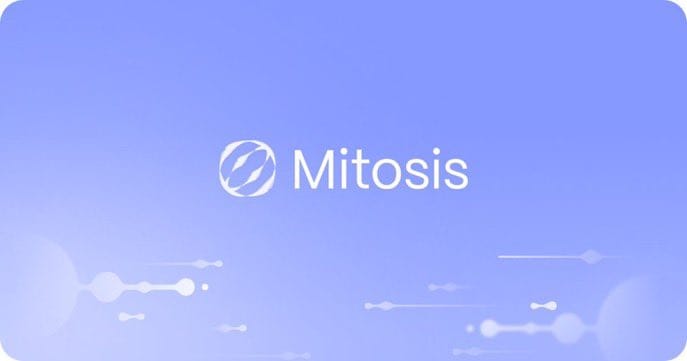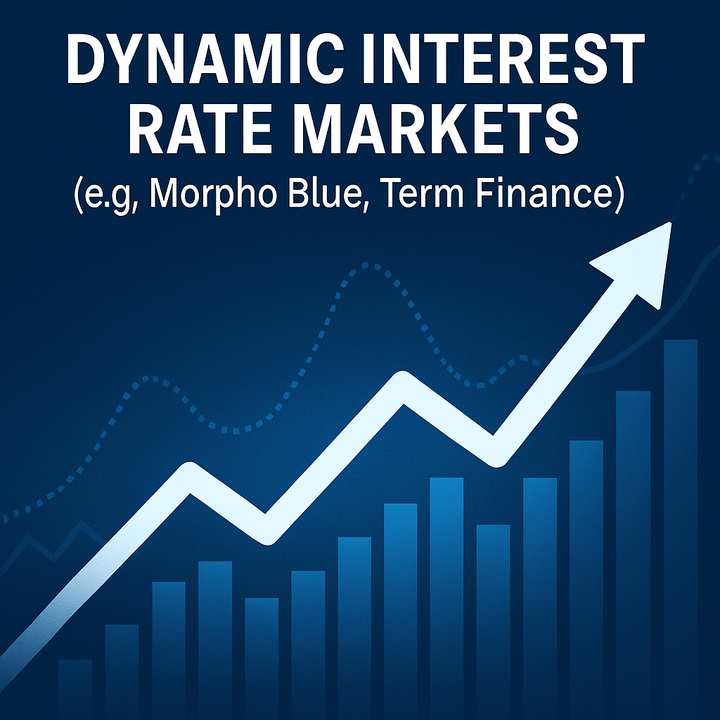The Role of NFTs Beyond Art: Unlocking New Frontiers in Digital Ownership
Introduction
Non-Fungible Tokens (NFTs) have evolved far beyond their initial association with digital art, becoming a cornerstone of blockchain innovation in 2025. Built primarily on Layer-1 blockchains like Ethereum and Solana, NFTs represent unique digital assets, maAssets that enable verifiable ownership and programmable functionality. With the global crypto market cap exceeding $2 trillion, NFTs are driving adoption in diverse sectors, from gaming to real estate, by leveraging smart contracts, ERC-20 tokens, and DeFi ecosystems. Terms like liquidity pools, Dexscreener, and DYOR (do your own research) are now integral to navigating the NFT space, as investors and creators explore its potential.
This article examines the expanding role of NFTs through three key domains: gaming, real estate and tokenized assets, and intellectual property. By exploring these areas, we aim to highlight NFTs’ transformative impact and their path toward mainstream adoption.
NFTs in Gaming: Revolutionizing Ownership and Economies
The gaming industry, valued at over $300 billion in 2025, is undergoing a paradigm shift with NFTs, which enable true ownership of in-game assets and decentralized economies. Built on Layer-1 blockchains like Ethereum and Layer-2 solutions for scalability, NFT-based games empower players to own, trade, and monetize digital items.
Player-Owned In-Game Assets
NFTs allow gamers to own unique in-game items, such as skins, weapons, or characters, as verifiable maAssets on blockchains. Unlike traditional games, where assets are controlled by developers, NFT-based games grant players full ownership, enabling trading on marketplaces like OpenSea. Layer-2 solutions, such as Polygon, reduce transaction costs, enhancing liquidity for these assets, while Dexscreener tracks their market performance
Example: In Axie Infinity, a popular NFT game on Ethereum’s Layer-1, players own Axies—digital creatures—as NFTs. For instance, a player purchases a rare Axie for 1 ETH via a market order on OpenSea, where high liquidity ensures tight bid-ask spreads. The Axie can be traded or used in battles to earn rewards, with its value tracked on Dexscreener. If the player leverages their Axie in a DeFi protocol for a loan, a price drop could trigger liquidation, emphasizing the need for DYOR to assess market risks.
Play-to-Earn (P2E) Economies
P2E games, powered by NFTs and DeFi, allow players to earn income through gameplay, often in the form of ERC-20 tokens or NFTs. These economies rely on liquidity pools to facilitate token swaps and reward distribution, with Layer-1 chains like Solana offering high throughput. However, volatile token prices and regulatory scrutiny pose challenges, requiring players to monitor markets and DYOR.
Example: The Sandbox, a Layer-1 Ethereum-based metaverse, uses NFTs for virtual land and assets, with its SAND token (ERC-20) powering the economy. A player earns SAND by creating and selling NFT-based game experiences. For instance, they swap SAND for USDC in a Uniswap liquidity pool, but a sudden market dip reduces SAND’s market cap, impacting liquidity. Dexscreener data helps the player avoid low-liquidity pools, but over-leveraged positions risk liquidation. DYOR is critical to navigate P2E’s volatile rewards.
NFTs in Real Estate and Tokenized Assets: Bridging Physical and Digital
NFTs are revolutionizing real estate and asset tokenization by enabling fractional ownership and transparent transactions. As maAssets on Layer-1 blockchains, NFTs represent deeds, property shares, or physical assets, streamlining markets traditionally plagued by intermediaries. Layer-0 protocols like Polkadot enhance interoperability, connecting NFT ecosystems across chains. This section explores how NFTs are transforming real estate and tokenized physical assets.
Fractional Ownership of Real Estate
NFTs enable fractional ownership of real estate by tokenizing property into divisible shares, recorded as maAssets on blockchains. This democratizes access to high-value assets, with Layer-2 solutions like Arbitrum reducing transaction fees for trading. Liquidity pools on DEXs support related ERC-20 tokens, but regulatory compliance and market volatility require investors to DYOR to avoid liquidation risks.
Example: RealT, a platform on Ethereum, tokenizes U.S. rental properties as NFTs, with each representing fractional ownership. For instance, an investor buys a $1,000 NFT share of a $100,000 property via a market order, earning rental income in USDC. The NFT trades on a DEX with a liquidity pool, tracked by Dexscreener, but a real estate market slump reduces the NFT’s value, risking liquidation for leveraged buyers. DYOR helps investors verify property details and regulatory compliance before investing.
Tokenized Physical Assets
Beyond real estate, NFTs tokenize physical assets like luxury goods, art, or collectibles, creating maAssets with verifiable provenance. Layer-1 chains ensure immutability, while Layer-0 interoperability allows cross-chain trading. These NFTs often integrate with DeFi for lending or staking, but low liquidity in niche markets can lead to price swings, making tools like Dexscreener essential for traders.
Example: A platform like Courtyard tokenizes rare sneakers as NFTs on Polygon, a Layer-2 solution for Ethereum. A collector buys an NFT representing a limited-edition Nike sneaker for 0.5 ETH, storing the physical item in a vault. They stake the NFT in a DeFi protocol to earn ERC-20 rewards, but a market crash reduces the NFT’s market cap, triggering liquidation. Dexscreener data shows declining liquidity in the NFT’s trading pool, prompting the collector to exit via a market order. DYOR ensures they validate the sneaker’s authenticity before purchase.
NFTs in Intellectual Property: Monetizing Creativity and Rights
NFTs are redefining intellectual property (IP) by enabling creators to monetize and manage digital rights on blockchains. From music royalties to patents, NFTs as maAssets provide transparency and programmable revenue streams. Layer-1 smart contracts and Layer-2 scalability enhance IP applications, while DeFi integration offers new monetization models.
Music Royalties and Creator Economy
NFTs allow musicians to tokenize songs or albums, granting buyers ownership or royalty shares as maAssets. Built on Layer-1 chains like Solana, these NFTs use smart contracts to automate royalty payments, bypassing traditional intermediaries. Liquidity pools for related ERC-20 tokens enable trading, but volatile markets require creators and investors to DYOR to avoid losses or liquidation.
Example: On Royal, a Solana-based platform, a musician issues an NFT for 1% of their song’s streaming royalties. A fan buys the NFT for $500 via a market order, receiving monthly payouts in USDC. The NFT trades in a DEX liquidity pool, with Dexscreener showing its performance. If streaming revenue drops, the NFT’s value falls, risking liquidation for leveraged holders. DYOR helps fans verify the artist’s streaming history and the NFT’s smart contract terms before investing.
Licensing and Patents
NFTs streamline IP licensing and patent management by tokenizing rights as maAssets, enabling transparent and programmable agreements. Layer-1 blockchains ensure immutability, while Layer-0 protocols facilitate cross-chain licensing. DeFi integration allows patent holders to borrow against NFTs, but low liquidity in niche IP markets poses risks, making tools like Dexscreener vital for traders.
Example: IPwe, an Ethereum-based platform, tokenizes patents as NFTs, allowing inventors to license rights. For instance, a biotech firm issues an NFT for a vaccine patent, selling a 5-year license for 2 ETH. The buyer trades the NFT on a DEX, but a patent dispute reduces its market cap, impacting liquidity pool performance on Dexscreener. Leveraged traders face liquidation during the dip, highlighting the need for DYOR to verify patent validity and market sentiment before placing market orders.
Conclusion
NFTs have transcended their origins as digital art, becoming a transformative force in gaming, real estate, and intellectual property. In gaming, NFTs empower players with true ownership and P2E economies, leveraging Layer-1 and Layer-2 solutions for scalability. In real estate, tokenized maAssets democratize access to property and physical assets, with DeFi integration enhancing liquidity but requiring vigilance to avoid liquidation. In IP, NFTs streamline royalties and licensing, offering creators new revenue streams while navigating volatile markets. The $2 trillion crypto market, driven by ERC-20 tokens, liquidity pools, and tools like Dexscreener, underscores NFTs’ potential, but risks like low liquidity and regulatory uncertainty demand DYOR. As Layer-0 interoperability and Layer-2 scalability advance, NFTs are poised for mainstream adoption, bridging digital and physical worlds. Whether you’re a gamer, investor, or creator, understanding NFTs’ role beyond art is key to unlocking their value in the decentralized future.


Comments ()